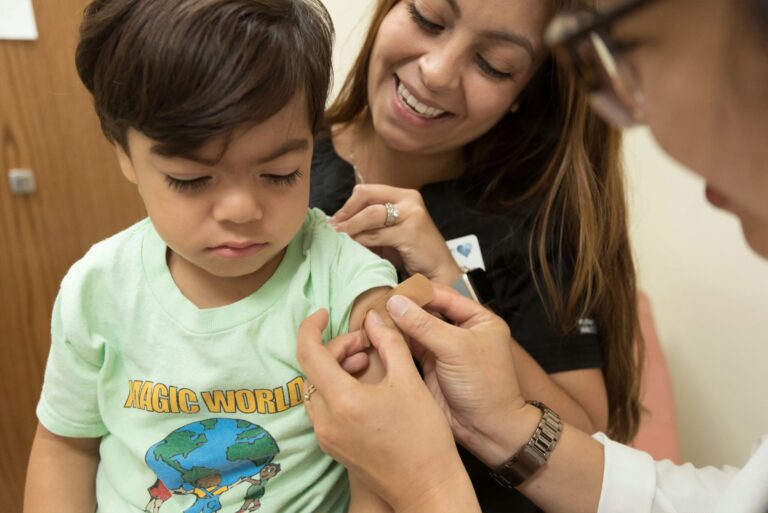In response to the ongoing COVID-19 pandemic and the continued presence of the highly contagious Omicron variant, San Francisco officials took significant steps in February 2022 to increase vaccination efforts for children. On February 22, the city launched several new initiatives aimed at expanding access to COVID-19 vaccines for children aged 5 to 11, who had been targeted in the latest phase of vaccination campaigns across California.
San Francisco Mayor London Breed and Dr. Grant Colfax, the city’s Director of Health, emphasized that the initiative was vital for public health as the city grappled with rising case numbers fueled by the Omicron variant. Mayor Breed, speaking at a press conference, stated, “Vaccination is the best way to protect our children, families, and community. With Omicron still circulating, we must take every opportunity to boost immunity in our youngest residents.”
Throughout February, the city of San Francisco, in partnership with local health organizations and the California Department of Public Health, ramped up efforts to ensure that as many children as possible received their vaccinations. This included opening new pop-up vaccination clinics, extending hours at existing vaccination sites, and providing school-based vaccination clinics to target communities with lower vaccination rates.
The Omicron variant, which had led to a surge in cases across California earlier in the winter, was less likely to cause severe illness in children, but health experts emphasized that vaccination remained important to reduce transmission and avoid long-term complications like Long COVID. Dr. Colfax added, “While most children experience mild or no symptoms, the best protection is still vaccination, which helps keep them safe and reduces the overall spread of the virus.”
By February 2022, the California Department of Public Health had already expanded access to the Pfizer-BioNTech vaccine for children ages 5 to 11, who had been eligible for the vaccine since late 2021. According to data from the California Health and Human Services Agency, the state saw a steady increase in vaccine uptake among children as the state worked to overcome vaccine hesitancy, especially in more vulnerable communities. However, pediatric vaccination rates were still lower in some areas, prompting further outreach from local public health teams.
In San Francisco, schools were critical to this expanded effort, with San Francisco Unified School District (SFUSD) officials playing an active role in helping to coordinate vaccine clinics at local schools. By providing vaccines at campuses, the city ensured that parents who might have difficulty accessing vaccination sites had an easier way to get their children vaccinated. This approach was especially crucial for low-income families and those living in neighborhoods with less access to healthcare services.
Throughout the month of February, public health experts and pediatricians, including Dr. Emily Roberts from UCSF, publicly advocated for vaccination as a way to protect children from more severe cases of COVID-19. “The vaccine is a safe and effective tool to prevent severe illness, and it is crucial for helping to limit the spread of COVID-19,” Dr. Roberts stated.
In addition to vaccination efforts, the city also continued to promote other public health measures, such as mask mandates and testing, as part of a broader strategy to reduce COVID-19 transmission. These efforts were especially important in San Francisco’s highly dense urban environment, where the risk of rapid spread was a constant concern.
By the end of February 2022, San Francisco had seen a marked increase in pediatric vaccinations, although health officials continued to focus on overcoming vaccine hesitancy and reaching the most vulnerable communities. With schools reopening and the state slowly transitioning out of the most severe stages of the pandemic, public health leaders hoped that these efforts would set the stage for a safer spring and summer for children and families in San Francisco.



